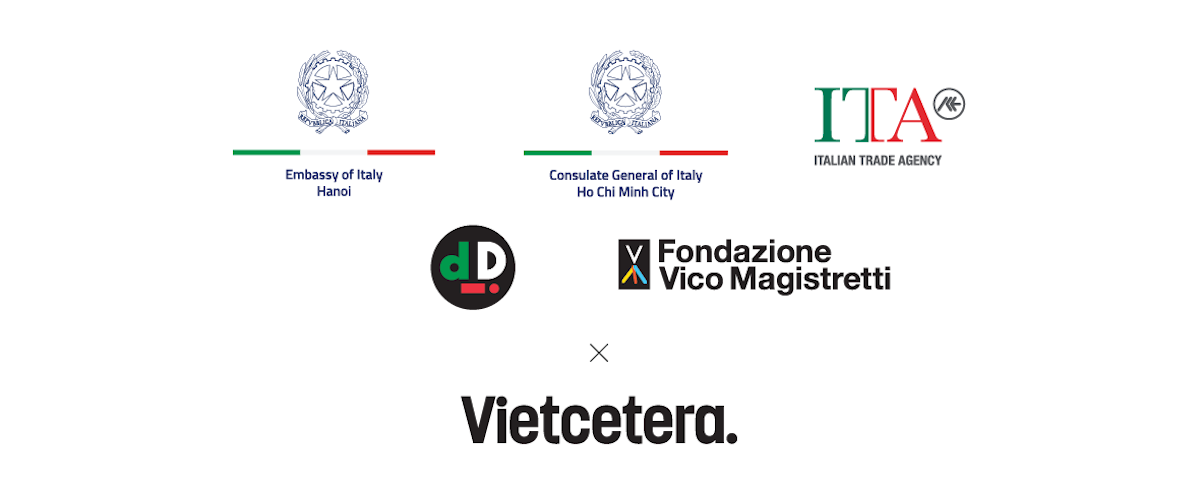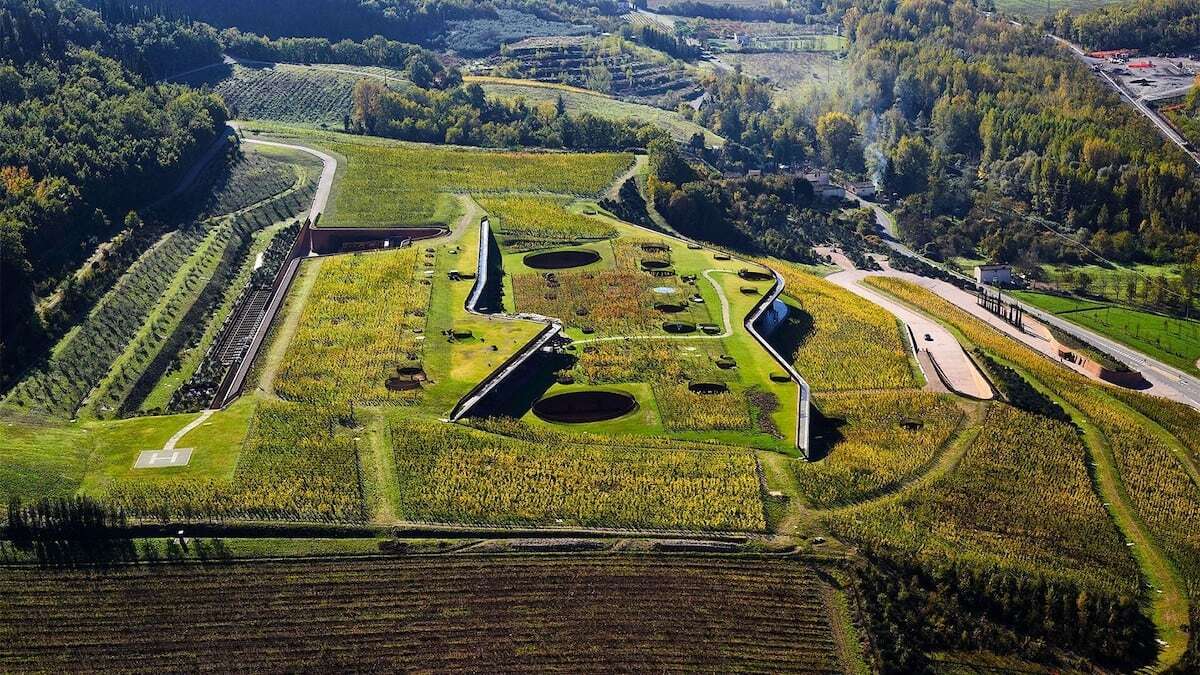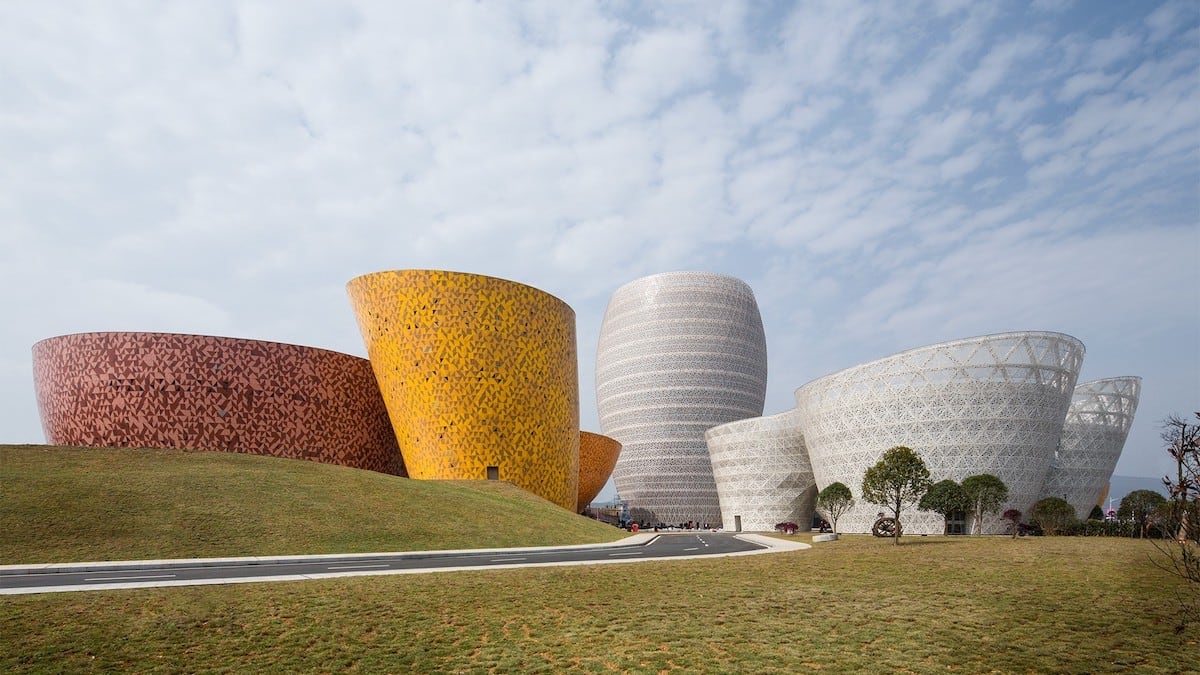
Our conversation with architect Marco Casamonti, the ambassador of “Italian Design Day 2020” in Vietnam, runs well over the allotted time. But no one seems to mind: his enthusiasm, passion for architecture, pride for Italy and Florence – his home town – are contagious. So we ask to hear more.
What does Florence mean to you? As a local, what aspects of the city do you appreciate that tourists often overlook?
Florence occupies a very special place in the field of architecture. It had a fully formed cultural identity at conception and was given a “makeover” by the talented Arnolfo di Cambio, an architect behind the Town Hall (Palazzo Vecchio), and the Florence Cathedral (Cattedrale di Santa Maria dei Fiore). Alongside other architects and artists active in Italy in the 13-14 centuries, he contributed to the transformation of Florence’s cityscape by injecting the spirit of innovation into Roman architectural tradition.
Known as “Humanism", this philosophy of life brought together art, science, and literature to give Florence a new identity. History buffs and art lovers flock to Florence to study and do research, but if you are lucky to be born here, you don't need to study because it’s in your blood.
As a child, you enjoyed spending time on construction sites playing with lime and concrete. Did you know back then you wanted to be an architect?
I was fascinated by the sight of builders at work – a reality so different to mine that it left me transfixed. At first, working in construction as a way to understand materials that go into making a brick. It was only later, when I was in high school, that I found my calling. To become an architect, one needs to know the theory, have hands-on experience, and possess creativity – all in equal measure.

How did growing up in an art-loving family influence your personality and tastes?
The connection I feel with the arts is the same I feel with Florence: I was born and raised in it. My father is an art collector who often organizes exhibitions and invites artists over to discuss the best way of presenting their pieces. That’s how I learned the importance of being physically present in a space that you are designing.
When starting a project, clients would sometimes send photos of the site, but I cannot do a project from pictures, Google maps, or drawings. I need to go there, see the scenery, know where the sun rises and sets, which direction the wind blows. Only once I’ve established a connection with space, I can create.
If you could describe your design style in 3 words, what would they be?
Tradizione (tradition) is knowledge of history, culture, and tradition; traduzione (interpretation) is about real-life application of those values; tradimento (betrayal) speaks of the necessity to "betray" those values in order to constantly improve. Otherwise, we will be stuck in nostalgia. All of them come from the word “tradere”, which means "to pass through".

The world admires the rich symbolism of Italian design. What is the reason behind its ability to hold our attention for so long?
Italy has suffered many wars and divisions since ancient times. That created a rivalry with states but at the same time promoting a spirit of creativity and inquisitiveness. This has always been in our DNA as a nation.
Recently, I developed an interest in collecting Italian antiques, namely the 1950 Vespa, Lambretta 1955 and Moto Guzzi Galletto, the famous high-wheeled scooter from the 1950s.
If you think about it, these designs from the 50s, 60s, and 70s inspired the models in use today.
In fact, Moto Guzzi Galletto has a lovely story that demonstrates the smartness of Italian design – meeting the demands of everyday life with creative solutions.
As children, we used to call Moto Guzzi Galletto the "monk's car" because that’s what priests would drive back then. In Italy, the clergy wear tonaca (a long robe) so riding regular motorbikes with their exposed fuel tanks was too dangerous. When Moto Guzzi Galletto invented a high-wheeled motorcycle with no front fuel tank, it became an instant hit with the priests.
When visiting New York as a young man, you famously spent all of your time there at museums. Why is that?
As an architect, my motto is “creativity” and it means constantly learning. Before university, I wanted to spend four months of my gap year in New York. Determined to not leave until I’ve visited every museum, I hit the ground running. But in the end, I ran out of money and had to go home before I could visit them all! That story reminds me that privileged as we architects are, we cannot afford to stop learning.
The theme of this year's Italian Design Day is “Drawing the future. Development, Innovation, Sustainability, Beauty”. What does "sustainability" mean in the context of the changing world today?
Development, innovation, sustainability, and creativity are all human needs. We need to constantly evolve, innovate, and adapt to what's happening around us and to what the future holds. Architects, designers, and the general public need to work together towards a common goal of creating community-oriented environments. Sustainability is not an abstract concept but a pressing issue. 100 years ago the world’s population was 2 billion, now it is more than 8 billion. We must act now to address the issues of overpopulation and the depletion of natural resources.

Your project “Liling Ceramic Art City” in China celebrates a national product. If you had the opportunity to design a project in Vietnam, which icon would you choose?
I like the nón lá worn by the Vietnamese farmers the most. It has a wonderful shape: conical, pure, and beautiful. Also, I really like how local ceramists approach the use of clay. In Vietnam, what impresses me is the country’s unique cultural traditions, craftsmanship, and the ability to turn raw materials into building materials and objects by hand. That is something both Vietnam and Italy have in common.
Professor Marco Casamonti is a co-founder of ARCHEA Associati, one of the world’s leading architectural design companies, and the ambassador of Italian Design Day in Vietnam 2020. Join the event webinar here


